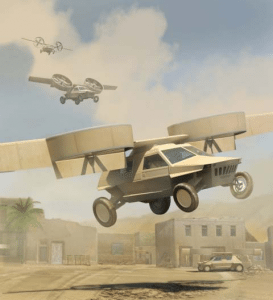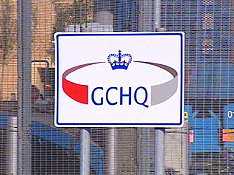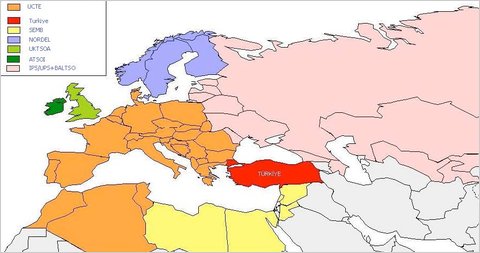SECURITY
Google may have earned plenty of buzz with its announcement last weekend that it has beensecretly testing self-driving cars on California roads. But the mad-scientist military agency that first inspired those auto-bots may still be a step ahead–or rather, above.

On Tuesday, the Defense Advance Research Projects Agency (DARPA) officially announced the private sector participants in its Transformer X project to build a Humvee that can take off, fly hundreds of miles, and land with little human input. Military contractors Lockheed Martin and AAI will receive about $3 million each to function as the system integrators for the project, with another $1 million for both Carnegie Mellon University and Pratt and Whitney Rocketdyne and $750,000 each for Aurora Flight Services and Metis Design.
The Transformer X (TX) will be designed for depositing and extracting soldiers and supplies in tough-to-reach places without easily accessible roads, taking off from a standstill and flying up to 250 miles with a 1000-pound load. Most science-fictional of all? It won’t necessarily have a human at the controls–or at least not one with any piloting experience.

“Key to the success of this technology is the ability for guidance, navigation and control of the TX to be conducted without a dedicated pilot—increasing flexibility,” reads an agency statement. “It is envisioned that guidance and flight control systems will allow for semi-autonomous flight, permitting a nonpilot to perform [vertical takeoffs and landings], transition into forward flight, and update the flight path in response to changing mission requirements or threats.”
DARPA, after all, is the ultra-forward-thinking Pentagon agency that hosted the Grand Challenge in 2006 and 2007, an autonomous car race across the Mojave desert, as well as the Urban Challenge, a 2008 event that challenged self-driving cars to negotiate a cityscape complete with obstacles and traffic. Sebastian Thrun, Google’s lead researcher for its autonomous autos project, led the Stanford teams that won the 2007 event and placed second in 2008, and several other researchers from those X-Prize style events have joined Google to work for him.
The car-to-plane conversion abilities of the Transition X may be its most achievable element: In fact, it’s practically ready for the consumer market. Aviation Week has reported that AAI’s subcontractors for the DARPA project include Terrafugia, the Woburn, Mass.-based startup that’s also building the Transition, a consumer-targeted flying car planned for sale in 2011. Any customers who shell out $200,000 for that transformable car-plane, unfortunately, will have to drive it themselves.
Forbes










